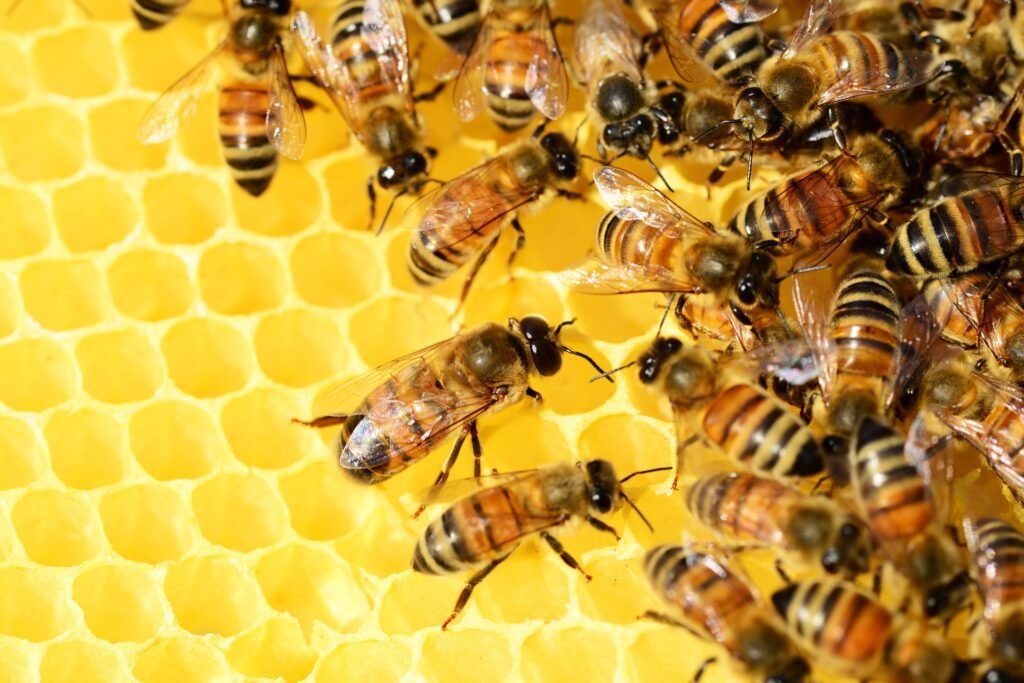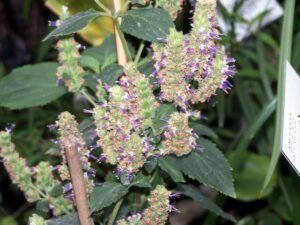Introduction
You love natural aromatics. That’s clear if you’ve met honey, cherished for its sweetness and versatility. Incense is another ancient fascination, deeply rooted in cultures worldwide for its spiritual, therapeutic, and sensory impact. Blend them together. What do you get? Honey incense—a mesmerizing fusion of honey’s natural sweetness with the intricate aroma of herbs, spices, or resins.
Why does this matter to you? We’re in an era where natural and holistic aren’t just buzzwords; they define our lifestyle. The rise in wellness and mindfulness trends makes honey incense more relevant than ever. This guide will be your go-to source. Are you an incense veteran or a newcomer? Either way, you’ll find value here.
Ready for a deep dive? Let’s unlock the unique blend of sweetness and complexity that sets honey incense apart in the aromatic world. Get set to be enlightened.
Table of Contents
What is Honey Incense?
You may be wondering: what exactly is honey incense? It’s not merely a scented stick or cone that you light to freshen up a room. It’s a finely-crafted experience for the senses, a historical artifact of cultural significance, and a subject of scientific inquiry. And yes, it also happens to smell amazing. Intrigued? Let’s dive in.
Definition of Honey Incense
General Definition
Honey incense stands apart in the world of aromatic substances. At its core, it consists of a meticulously formulated blend of natural, and often organic, elements. These include resins, herbs, essential oils, and, crucially, honey. Unlike the synthetics found in some fragrances that merely mimic scents, the ingredients in high-quality honey incense are authentic. Real honey, in particular, plays a pivotal role. It’s more than just a sweet note in the blend; it contributes to the texture, burn quality, and overall experience of using the incense.
Composition
Crafting honey incense is a nuanced affair, requiring the kind of expertise that comes from years, even decades, of experience. Each element serves a purpose. Honey, often combined with time-honored resins like frankincense or myrrh, forms the base. Essential oils are then layered in, introducing complementary scents and therapeutic properties. Some varieties take it a step further, adding spices like cinnamon or clove, or medicinal herbs like sage, for additional complexity and aroma. It’s a symphony of ingredients, each in perfect balance with the next, creating a harmonious and captivating scent profile.
Differences Between Honey Incense and Regular Incense
Don’t mistake honey incense for just another variant of regular incense. It’s different, both in what goes into it and in what you get out of it. And that’s what makes it unique.
Ingredient Comparison
While both regular and honey incense share some common elements like aromatic resins and essential oils, honey sets the latter apart. It’s more than just an additive; it’s a game-changer. Its presence lends a natural sweetness to the aroma and enhances the burning properties of the incense. Honey allows for a cleaner, smoother, and more sustained burn, making the experience all the more enjoyable.
Scent Profile
A typical incense stick or cone provides a pleasant but often singular aroma. It might be floral, woodsy, or perhaps spicy. Honey incense is an entirely different story. The aroma is multidimensional. Picture a tapestry, each thread intricately woven into the next. The sweetness of honey acts as the perfect undertone, elevating other scents while softening any harsh notes. It’s not just an aroma; it’s a narrative that evolves as the incense burns, creating a dynamic sensory experience.
Price Range
True quality comes at a price. Honey incense often incorporates premium, even organic, ingredients, so it usually commands a higher market value. But what you’re investing in is not merely an aromatic substance; it’s an experience. It’s a meticulously crafted blend that offers not just a delightful aroma but also a myriad of potential benefits to your mental and physical well-being.
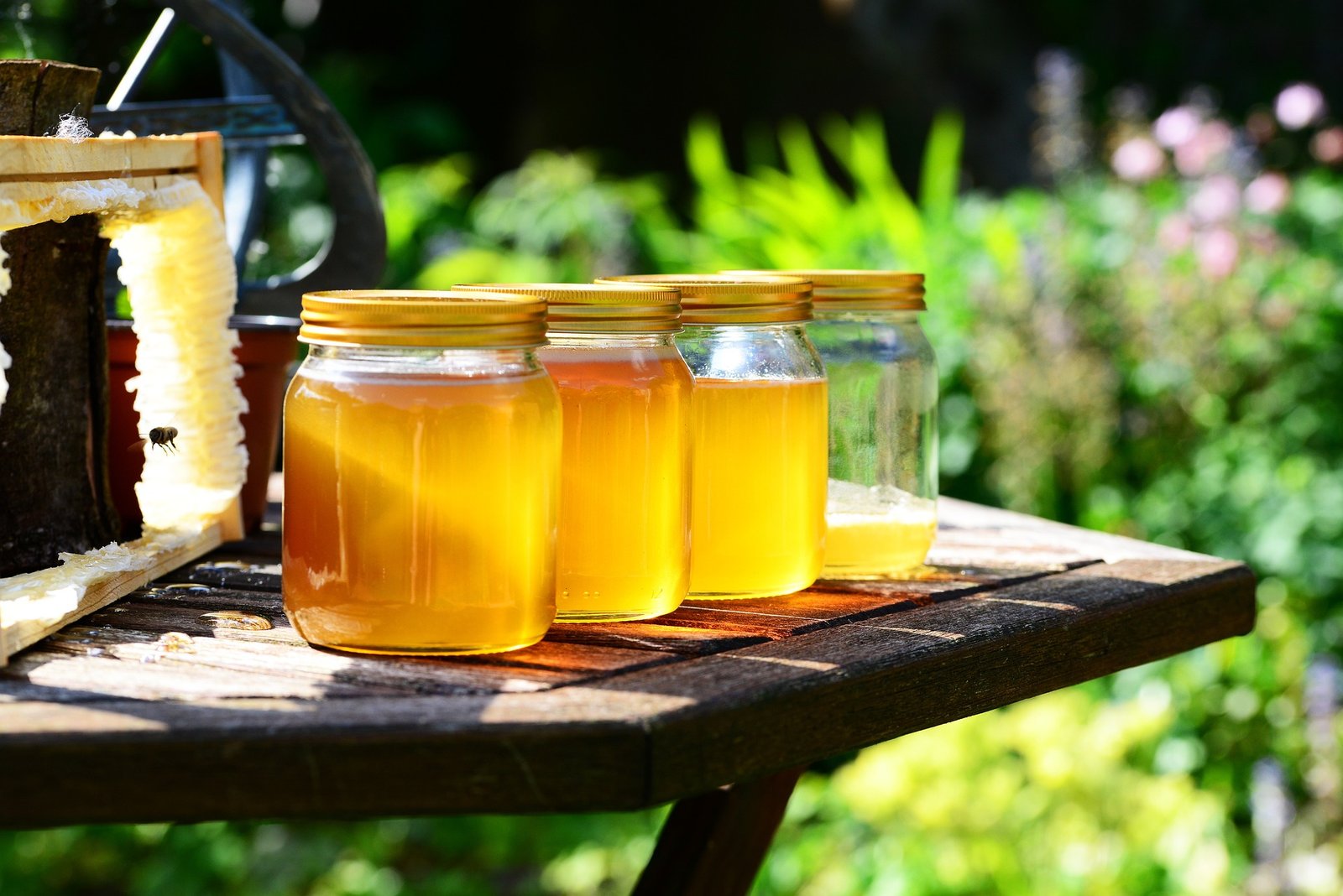
The History of Honey Incense
When you light a stick of honey incense, you’re not just igniting a fragrant blend; you’re sparking a historical legacy. One that stretches back through the annals of time, crossing continents and soaking into various aspects of human existence. Let’s pull back the curtain of time and examine the rich history of honey incense. This section will explore this aromatic resin’s ancient applications, its broad cultural importance, and its relevancy in our modern world.
Ancient Uses
Dive into the ancient world and you’ll discover that honey incense was not a mere peripheral luxury; it was central to significant aspects of life. The following focuses on two major areas: religious ceremonies and medicinal uses.
Religious Ceremonies
Sacred rituals in ancient Mesopotamia leaned heavily on honey incense. It’s not a trivial fact. The Mesopotamians not only cultivated bees but also integrated honey-based incense in their religious offerings. They believed this scent pleased their gods and goddesses like Ishtar and Marduk. In the case of ancient Egypt, honey incense ascended to an even more exalted status. Hieroglyphics and remnants of texts discovered in tombs suggest that honey incense was part of intricate ceremonies, offerings to gods like Ra and Osiris. They even had a special term for it, ‘Desert Tears,’ a poetic nod to its exalted nature. Through these practices, ancients sought a deeper connection with the divine, and honey incense acted as a bridge between earthly and celestial realms.
Medicinal Uses
Switching gears, let’s talk about honey incense as a medicinal tool. It’s not a recent fad. Ancient Ayurvedic texts from India explicitly mention honey as a “carrier of medicine.” These writings highlight recipes that combined medicinal herbs with honey incense for ailments like respiratory problems and emotional imbalances. Far away, in ancient Greece, practitioners observed the calming effects of honey incense. They started using it as an early form of aromatherapy. It’s fascinating to note that cultures far removed from each other arrived at similar medicinal applications, offering us a glimpse into the incense’s universal appeal.
Cultural Significance
Cultural norms and traditions serve as the veins that pump life into the use of honey incense across the globe. The following takes us on a brief journey from the East to the West, exploring how different cultures have embraced honey incense.
Eastern Traditions
In the East, honey incense holds more than just a fragrant profile; it’s a rich tapestry woven into daily life. India offers a compelling example. There, incense isn’t just lit during festivals; it accompanies quotidian rituals and even simple, everyday gatherings. It goes without saying that the honey variant, prized for its rich scent and luxurious aura, is often saved for special occasions. In Japan, the art of ‘Kōdō,’ or the ‘Way of Fragrance,’ incorporates honey-based incense in ceremonious settings, elevating it to an art form. The Chinese Taoist rituals see honey incense as a connector between worlds, adding another layer to its multifaceted use in Eastern traditions.
Western Adoption
But don’t think the appeal of honey incense remained confined to the Eastern hemisphere. By the Renaissance, Europe too fell under its spell. Today, it’s a global phenomenon. You’ll find it in posh boutiques in Paris and yoga studios in New York. It’s transcended its origin, adapting seamlessly to diverse cultural palates.
Modern-Day Relevance
Today, honey incense isn’t just a historical relic; it’s a living, breathing part of modern life. Its current-day uses have expanded to include roles in new-age spirituality as well as home decor and ambiance.
New Age Spirituality
In modern spirituality, honey incense is a star. Whether used in chakra-balancing sessions, moon rituals, or simple mindfulness practices, it’s increasingly recognized as an effective tool for grounding and spiritual elevation. Practitioners and spiritualists alike actively incorporate it as a staple in their rituals.
Home Decor and Ambiance
In the realm of home decor, honey incense has undergone a paradigm shift. No longer limited to temples or sacred spaces, it’s become a luxurious addition to modern homes. Picture this: you’re preparing for a relaxing bath or setting the table for a romantic dinner. What better way to elevate the atmosphere than lighting a stick of honey incense? It’s a simple act, but one that adds layers of sensory richness to your life.
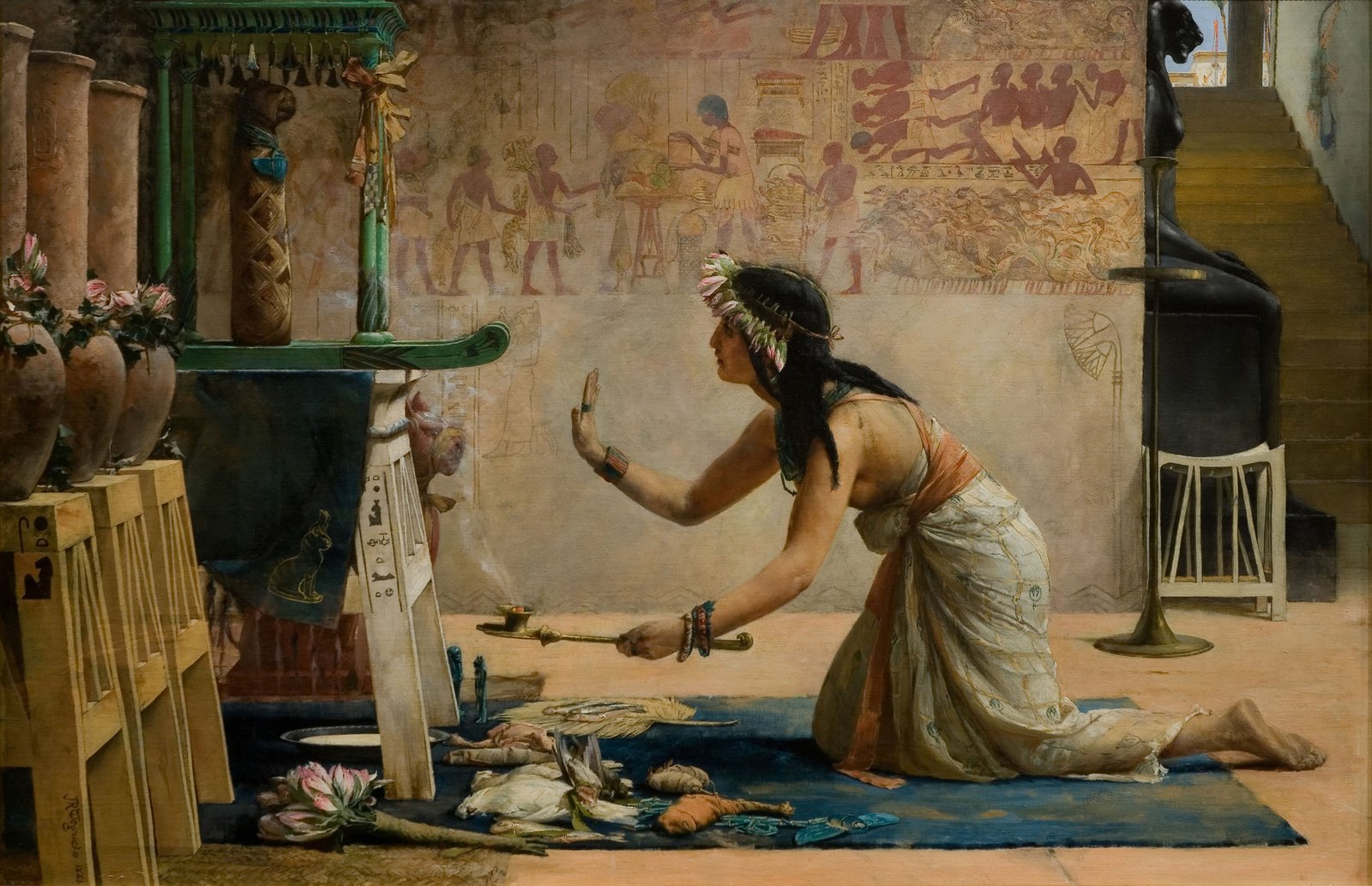
The Aromatic Profile of Honey Incense
When you strike a match and set a stick of honey incense ablaze, what you’re really doing is stepping into an elaborate narrative of fragrances, a story told in aromatic whispers and olfactory exclamations. Each plume of smoke that spirals upwards carries with it not just a singular smell but a composite bouquet, intricate and nuanced in its composition. Within that cloud lies a repository of humanity’s collective experience with fragrance, and each component note is a chapter in a very long, historical novel. In this segment, we will delve even deeper into this story, shining a spotlight on the individual aromatic notes, exploring the exquisite art of scent pairing, and examining the often-underestimated elements of duration and sillage.
Main Notes and Undertones
In the realm of fragrance, honey incense is a magnificent symphony, each note a musical element, contributing to a larger, more complex composition. Let’s dissect this melody.
Sweet Notes
Begin with the opening act of the symphony—the intoxicating sweetness of honey. Honey’s natural sweetness, distilled from the laborious efforts of bees collecting nectar from flowers, morphs into a mellow, golden aroma when used in incense. This sweetness is sophisticated, far from the saccharine or cloying nature some might anticipate. It serves as a strong yet gentle introduction, much like an overture, setting the tempo for the aromatic experience that is about to unfold.
Earthy Notes
Next comes the ensemble of earthy notes that introduces complexity and character. Comprising woody undertones and the resinous depth of elements like frankincense or myrrh, these earthy notes infuse the incense with a sense of rootedness. There may also be herbal notes—imagine the robustness of sage or the tranquil softness of lavender. These earthy elements serve to counterbalance the initial sweetness, much like a base melody supports and enriches the main theme in a musical piece.
Complexity
Perhaps the most compelling aspect of honey incense is its complexity—a constant unfolding of aromatic layers. The initial sweetness provides a welcoming embrace, but as the incense burns, other nuances make their appearance. Some sticks may offer hints of spice, like cinnamon or clove, while others could surprise you with delicate floral or citrus accents. This interplay of contrasting elements creates a dynamic aromatic experience, engaging the senses in a compelling narrative from beginning to end.
Scent Pairing
The intricate art of scent pairing transforms the enjoyment of honey incense from a monologue into a dialogue, offering new possibilities for sensory enrichment.
Complementary Scents
Honey incense has an amicable personality, playing well with a host of other fragrances. Consider combining it with the warm, intoxicating aroma of vanilla, which can amplify the incense’s inherent sweetness. Alternatively, you could introduce a dash of citrus fragrances like bergamot or lemon to create a vibrant counterpoint, resulting in an uplifting aromatic experience.
Occasions for Different Pairings
Context often dictates the efficacy of scent pairing. During meditative practices, for instance, the combination of honey incense with lavender’s calming properties can create an environment conducive for mindfulness. On the other hand, if you’re hosting a lively social gathering, pairing honey incense with invigorating citrus scents can amplify the room’s energy levels. Hence, the art of pairing is dynamic, adaptable to the vibe you wish to curate.
Duration and Sillage
The aromatic profile of honey incense is not just a momentary experience; it has dimensions of both time and space.
How Long the Scent Lasts
Honey incense is not a fleeting pleasure. It offers a durable aromatic presence, often outlasting lighter floral incenses. This quality makes it a preferred choice for extended rituals or for creating a lasting ambient atmosphere. Depending on the brand and the quality, a single stick could maintain its aromatic integrity for hours, making it a wise choice for sustained olfactory engagement.
Projection
The subject of sillage—how far the fragrance radiates from its source—is another compelling aspect of honey incense. This is not a timid aroma that shyly lingers near its point of origin. It’s a confident fragrance that freely ventures out, filling large spaces and asserting its presence. Therefore, not only will it scent the immediate area around its burning location, but it will also expand to scent adjacent rooms, adding to its versatility.
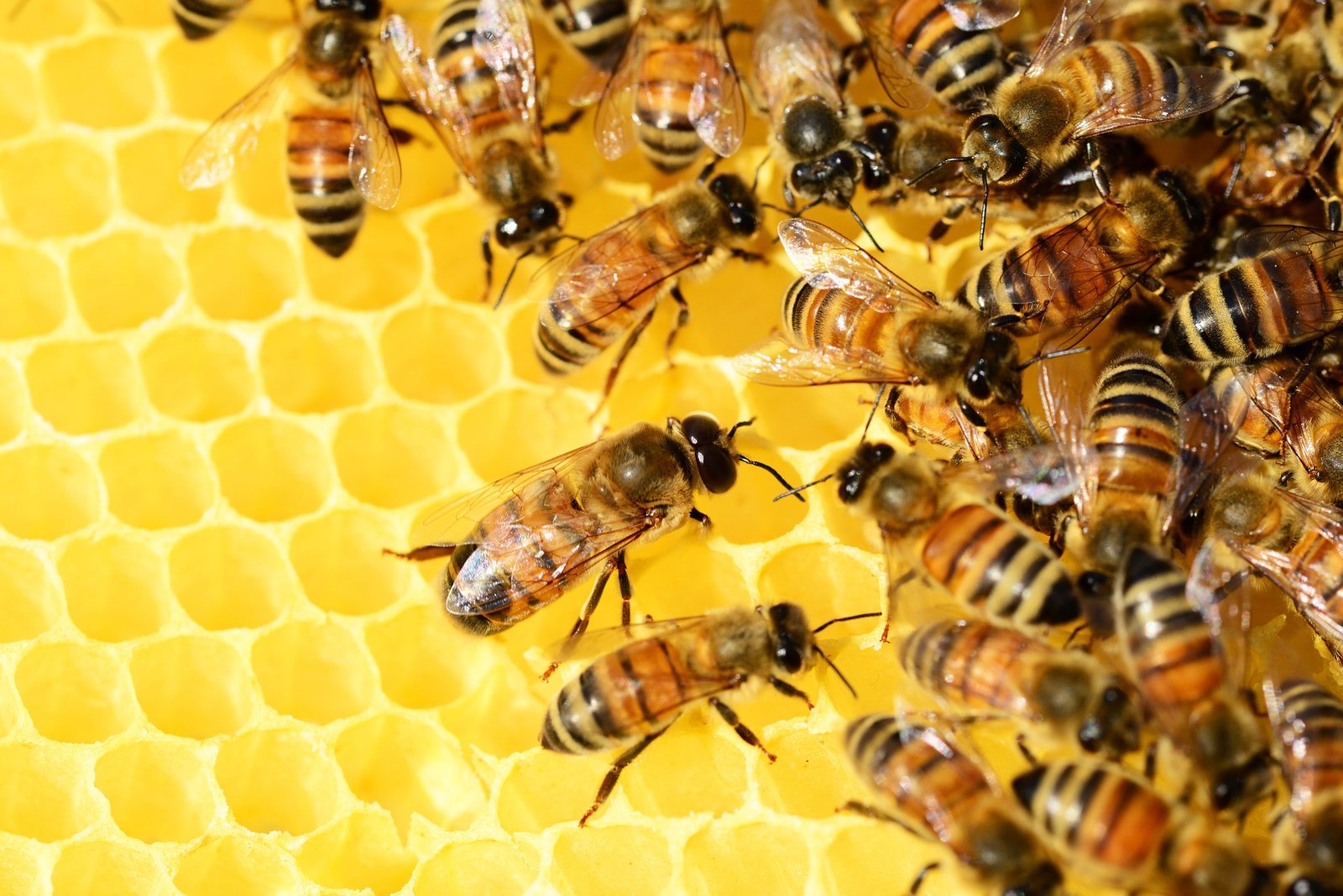
The Benefits of Honey Incense
When you light a stick of honey incense, you’re doing far more than merely burning a piece of scented wood. You’re partaking in a ritual with an ancient lineage, invoking a symphony of benefits that span the emotional, physical, and spiritual spectrum. This is no overstatement; the act of burning honey incense could have profoundly positive implications for your well-being in a multitude of ways. From enhancing your mood through the well-established principles of aromatherapy to serving as a conduit for spiritual growth, the benefits of honey incense are incredibly far-reaching. In this comprehensive section, we will unpack these benefits, supported by both empirical research and centuries of human experience.
Aromatherapy and Psychological Effects
Aromatherapy isn’t a modern fad; it’s a practice rooted in antiquity, a time-tested method of harnessing the power of scent to impact human psychology. Honey incense plays a starring role in this aromatic drama, and here’s how.
Mood Enhancement
Let’s begin by diving into the intricate connections between scent and mood. Did you know that specific olfactory stimuli can trigger the release of neurotransmitters like serotonin and dopamine, often termed “feel-good hormones”? The naturally occurring, sweet aroma of honey, once transformed into incense, produces a calming effect that is both soothing and uplifting. Multiple studies have corroborated the relationship between pleasant fragrances and elevated mood. So, when you light a stick of honey incense, it’s not just the air you’re sweetening—it could very well be your disposition.
Mindfulness and Focus
The story doesn’t end with feeling better; there’s also a cognitive aspect to consider. The very act of burning incense can be ritualistic, inducing a state of focus or contemplation. The complex aromatic profile of honey incense is particularly effective for this. It has been suggested that the rich, multifaceted aroma can serve as an excellent focal point for mindfulness practices and meditation. By anchoring your attention to the diverse scents emanating from the incense, you can stave off distractions and more fully immerse yourself in meditative or contemplative states. In a world plagued by the incessant distractions of digital notifications and multi-tasking, the ability to focus can be a priceless commodity—and honey incense may just offer that in aromatic form.
Physical Health Benefits
Beyond mental wellness, the potential physical health benefits of honey incense are worth examining, though it’s important to approach these claims with a critical eye.
Air Quality
The impact of incense on air quality is a topic of extensive debate. Some may argue that the act of burning incense purifies the surrounding air. But what does science have to say? In reality, the combustion process releases particles that, in significant quantities, can degrade indoor air quality. However, the detrimental impact can be mitigated through proper ventilation and responsible use. While honey incense might not be an air purifier in the technical sense, its aromatic compounds, when released responsibly and in well-ventilated spaces, do not pose significant risks to air quality.
Antimicrobial Properties
The conversation takes a turn for the interesting when we consider honey incense’s possible antimicrobial attributes. Honey in its natural form is a known antimicrobial agent, packed with enzymes that inhibit bacterial growth. While there is no conclusive evidence that these properties carry over entirely when honey is turned into incense, preliminary research suggests that the smoke emanating from incense can have antimicrobial effects. While further studies are needed, the potential for honey incense to contribute to a cleaner, more sanitized environment cannot be entirely discounted.
Spiritual and Religious Benefits
Finally, the benefits of honey incense extend into the realm of the ethereal, the spiritual, and the profoundly mystical.
Sacred Rituals
In the global panorama of spiritual traditions, incense has been a constant, its plumes of fragrant smoke often synonymous with the ascent of prayers or the presence of the divine. Honey incense, with its natural sweetness, is often correlated with attributes like peace, happiness, and spiritual abundance. Various cultures have incorporated it into their ritualistic practices, using its distinct aroma as offerings to deities, spiritual beings, or ancestral spirits. In such settings, honey incense is more than a sensory delight; it becomes a form of sacred language, a fragrant utterance in a dialogue between the human and the divine.
Cleansing and Purification
Cleansing and purification are recurring themes in spiritual traditions worldwide, and incense often plays a pivotal role in these practices. Honey incense is believed to possess superior qualities for such rituals. Its multi-layered aroma is said to purge spaces of stagnant or negative energies while attracting positive vibrations. Whether it’s used in a simple home cleansing ritual or a more elaborate ceremony, honey incense is considered to be exceptionally potent for purification purposes.
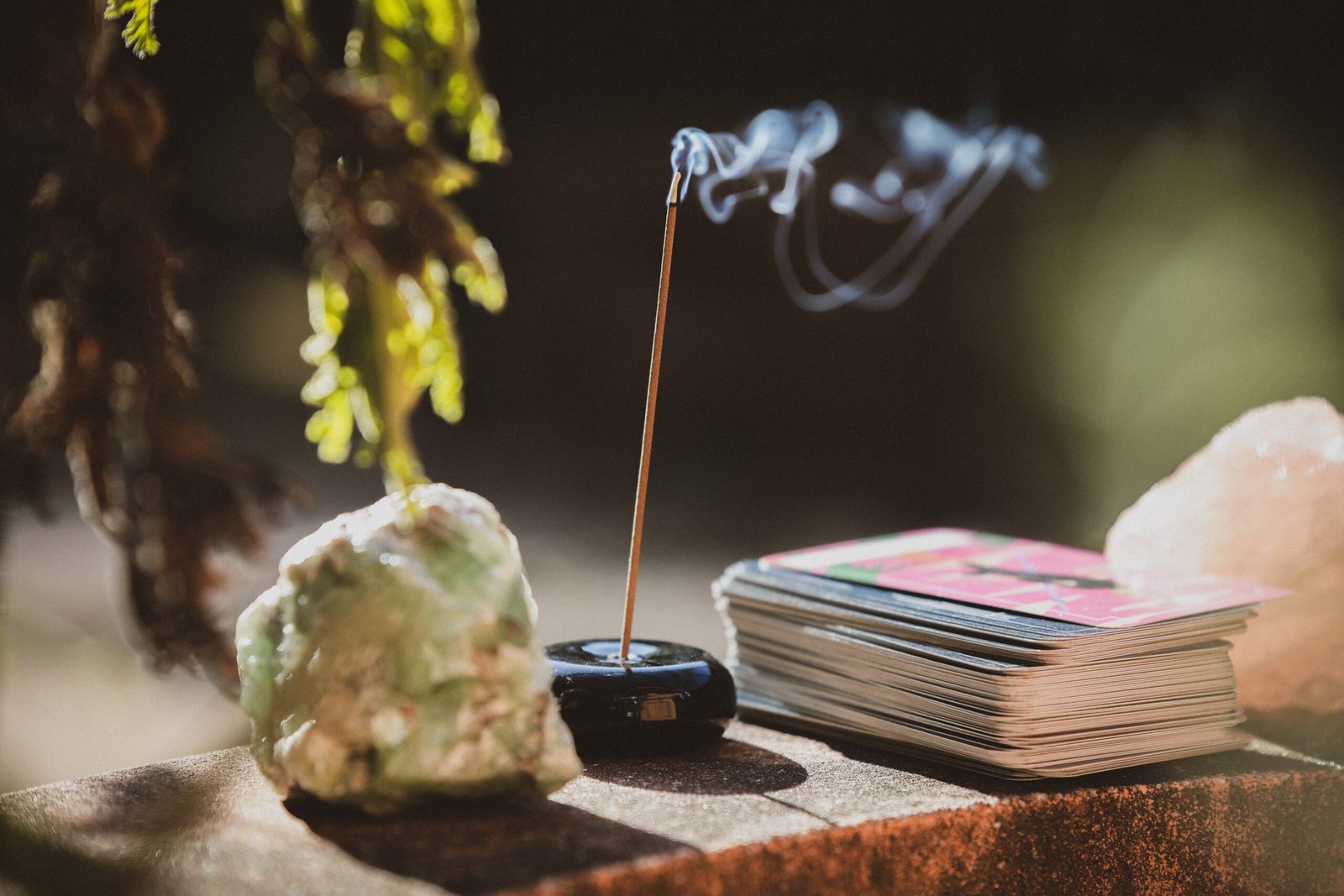
Conclusion
When you light that stick of honey incense, it’s clear now that you’re igniting a rich tapestry of history, aroma, and potential benefits. It’s a simple act that resonates through time and space, connecting you to ancient rituals, offering a bouquet of aromatic complexities, and even extending the promise of both psychological and physical well-being. Honey incense is not merely an ornamental accessory; it’s a functional, versatile tool that spans multiple domains of human experience—from the psychological to the physical, from the sensory to the deeply spiritual.
It’s essential to appreciate this depth and breadth, to view honey incense not just as a fragrant stick that burns away to nothing but as a meaningful part of human culture and well-being. Whether you’re someone deeply invested in the intricacies of aromatherapy or a person looking for ways to enrich your spiritual practices, honey incense has something remarkably unique to offer you.
So, the next time you find yourself lighting a stick of honey incense, be mindful of this richness. Take a deep breath and let the aroma fill not just your space but also your consciousness. Allow its age-old magic to infuse your life with a sense of peace, focus, and holistic well-being. After all, each stick carries within it the essence of thousands of years of human history, tradition, and ongoing research. It’s not merely about scent; it’s about a more enriched, more harmonious, and potentially, a healthier way of living.
Frequently Asked Questions (FAQ)
As you embark on your journey into the world of honey incense, you may encounter questions along the way. Here we address some of the most commonly asked queries to help you deepen your understanding and enrich your experience.
What is Honey Incense Made Of?
Honey incense is typically made from a combination of natural honey, aromatic herbs, and a base of wood or plant material. The honey acts as both an adhesive and an aromatic enhancer, making the incense stick more potent and long-lasting.
Is Honey Incense Safe to Use Indoors?
While honey incense is generally safe for indoor use, proper ventilation is recommended. Ensure you burn it in a well-ventilated space and avoid using it in areas where people with respiratory issues reside.
Can Honey Incense be Used for Meditation?
Absolutely. Honey incense is particularly renowned for its ability to foster a calm and focused atmosphere, making it an excellent choice for meditation and other mindfulness practices.
Does Honey Incense Have Health Benefits?
As discussed in the benefits section, honey incense may offer psychological advantages like mood enhancement and increased focus. However, these claims are mostly supported by anecdotal evidence and traditions, and scientific research is still ongoing.
Can Honey Incense Improve Air Quality?
The notion that incense can purify air is a subject of debate. While honey has antimicrobial properties, the process of burning incense can release particles that might degrade indoor air quality. Always burn incense responsibly and in well-ventilated areas.
How Long Does the Scent of Honey Incense Last?
The longevity of honey incense’s scent can vary based on its quality and the ingredients used. High-quality honey incense can retain its scent for several hours, while less expensive varieties might last for a shorter period.
Where Can I Buy Quality Honey Incense?
Quality honey incense can be found at specialized stores that sell aromatherapy or spiritual supplies, and online marketplaces. Look for products that use natural ingredients and avoid those with synthetic fragrances.
Is Honey Incense Used in Any Religious Practices?
Yes, honey incense has a rich history of being used in various spiritual and religious ceremonies, including Hindu rituals, Buddhist practices, and even some Western spiritual traditions.
Can I Make Honey Incense at Home?
Absolutely. Making honey incense at home is possible, and it allows you to customize the ingredients according to your preferences. Basic ingredients would include honey, a base material like wood or plant fibers, and additional herbs or essential oils for added fragrance.
Is Honey Incense Pet-Friendly?
If you have pets, it’s important to exercise caution. While the scent may be harmless to humans, it could be overwhelming for animals. Always ensure proper ventilation and observe your pet’s behavior to ensure they are not adversely affected.


